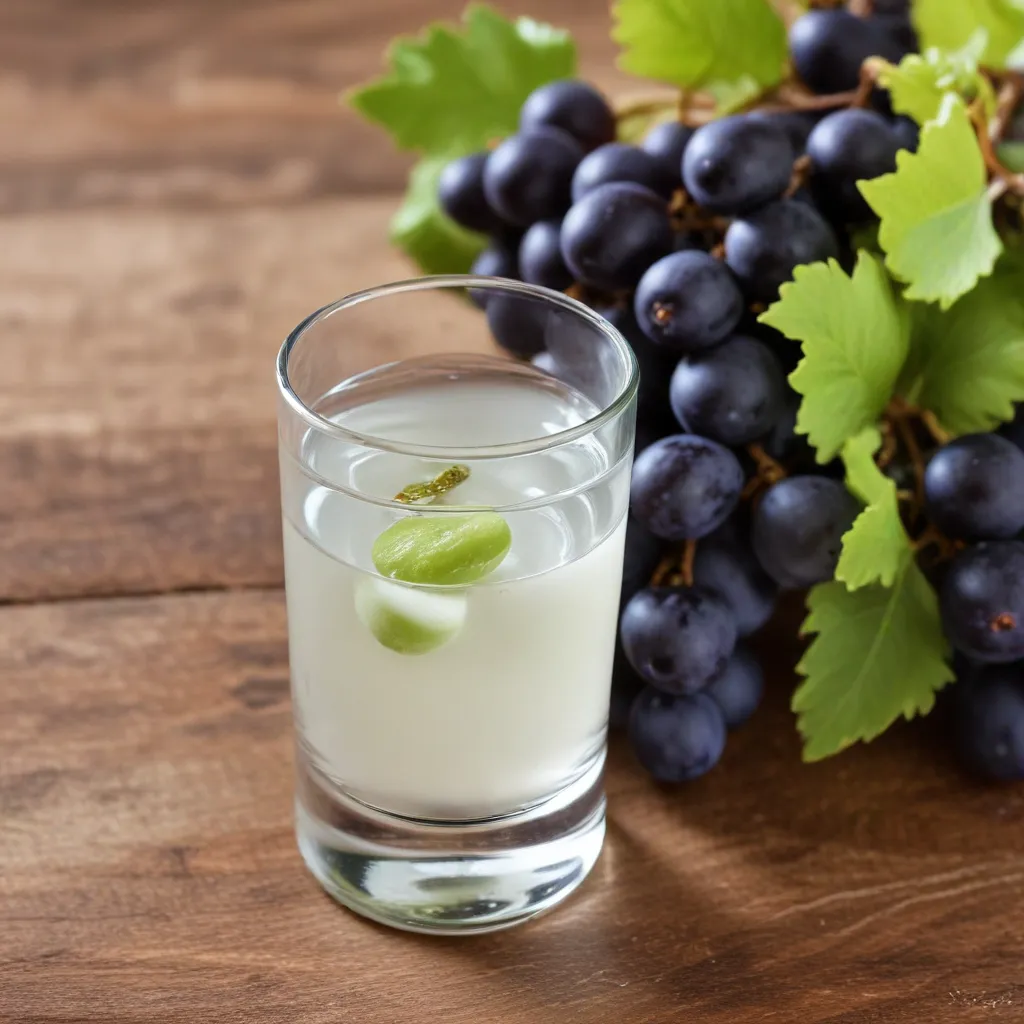
Recipe for Chilean Grape Aguardiente: Artisanal and Step-by-Step
Chilean grape aguardiente is a traditional distilled spirit with deep roots in the country’s rich winemaking heritage. Crafted using time-honored methods and locally grown grape varieties, this robust and flavorful beverage has been an integral part of Chilean culture for centuries. At the Wine Garden Inn, we take great pride in sharing the artisanal process behind this beloved spirit.
Grape Varieties
The foundation of Chilean grape aguardiente lies in the careful selection of grape cultivars. While a range of grapes can be used, certain local varieties are particularly prized for their exceptional aromatic profiles and distillation qualities.
Common Grape Varieties
The most widely used grapes for aguardiente production in Chile are the Moscatel (also known as Muscat) and País (or Mission) varieties. These grapes thrive in the country’s central regions, where the Mediterranean climate and volcanic soils provide ideal growing conditions.
The Moscatel grape imparts floral and citrus notes, while the País variety lends a more earthy and robust character to the final spirit. The harmonious blending of these two grapes is a common practice, allowing distillers to craft a well-balanced and distinctive aguardiente.
Unique Grape Varieties
In some rural areas, distillers may also incorporate lesser-known grape cultivars to lend unique regional nuances to their aguardiente. These include the subtly sweet Torontel and the delicate Pedro Jiménez, both of which add layers of complexity to the final product.
Regional Grape Preferences
The preference for specific grape varieties can vary across Chile’s diverse wine-producing regions. For instance, in the Atacama and Coquimbo regions, the Muscat and Torontel grapes are more prominently featured, while in the central valleys, the País grape remains a steadfast favorite.
Distillation Process
The preparation of Chilean grape aguardiente involves a meticulous and time-honored distillation process, carefully preserving the spirit’s artisanal heritage.
Traditional Methods
The traditional method begins with the fermentation of freshly harvested grapes. The grapes are meticulously pressed, and the resulting grape must is then allowed to ferment under controlled conditions, often with the help of native yeasts. This fermentation process can take up to a week, during which the natural sugars in the grapes are converted into alcohol.
Once the fermentation is complete, the grape wine is distilled using copper pot stills, a technique that has been passed down through generations of Chilean vintners. This distillation process concentrates the alcohol while preserving the unique aromas and flavors of the grapes.
Modern Techniques
While many traditional distilleries still adhere to the time-honored methods, some modern producers have adopted more efficient, yet equally meticulous, distillation techniques. These may involve the use of state-of-the-art stainless steel or hybrid copper-and-stainless-steel stills, which allow for greater control over the distillation parameters and produce a consistently high-quality aguardiente.
Quality Control
Strict quality control measures are essential in the production of Chilean grape aguardiente. Distillers carefully monitor the temperature, pressure, and alcohol content throughout the distillation process to ensure the final spirit meets the desired standards of strength, purity, and aroma.
Cultural Heritage
Chilean grape aguardiente is deeply intertwined with the country’s rich cultural heritage, serving as a testament to the resilience and ingenuity of its people.
Historical Significance
The origins of Chilean grape aguardiente can be traced back to the Spanish colonial era, when the first grapevines were introduced to the region. Over the centuries, the production of this spirit has evolved, adapting to the local terroir and the needs of the people.
Artisanal Production
The artisanal nature of aguardiente production is a point of immense pride for Chilean distillers. Each step, from the careful selection of grapes to the meticulous distillation and aging process, is carried out with the utmost attention to detail, preserving the spirit’s traditional character.
Consumption Traditions
Aguardiente holds a special place in Chilean social and cultural traditions. It is often enjoyed in moderation, accompanying meals or serving as the base for various regional cocktails and mixed drinks. The ritual of sharing aguardiente with friends and family is deeply ingrained in the country’s social fabric, fostering a sense of community and shared heritage.
Flavor Profile
Chilean grape aguardiente boasts a unique and robust flavor profile that sets it apart from other distilled spirits.
Aromatic Notes
The aromas of Chilean aguardiente are led by the floral and citrus notes imparted by the Moscatel grapes, with underlying earthy and herbal tones from the País variety. Some producers may also incorporate the subtle sweetness and delicate floral aromas of the Torontel and Pedro Jiménez grapes.
Taste Characteristics
On the palate, Chilean aguardiente presents a well-balanced and complex flavor profile. The spirit is characterized by a smooth, velvety texture and a robust, yet approachable, alcohol content. Depending on the grape blend and distillation techniques employed, the flavor can range from a delicate, refined style to a more full-bodied and assertive expression.
Mixology Applications
Chilean grape aguardiente serves as a versatile base for a variety of traditional and contemporary cocktails. It can be enjoyed neat, on the rocks, or as a key ingredient in mixed drinks, where its distinct flavor profile complements and enhances a range of other ingredients, from fresh citrus to herbal and spiced elements.
Whether sipped on its own or incorporated into creative mixology, Chilean grape aguardiente offers a unique and captivating sensory experience, reflecting the country’s rich winemaking heritage and the artisanal expertise of its distillers.
